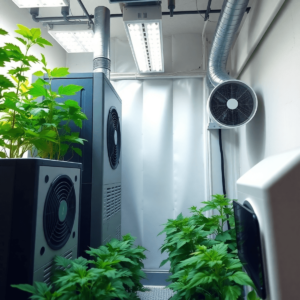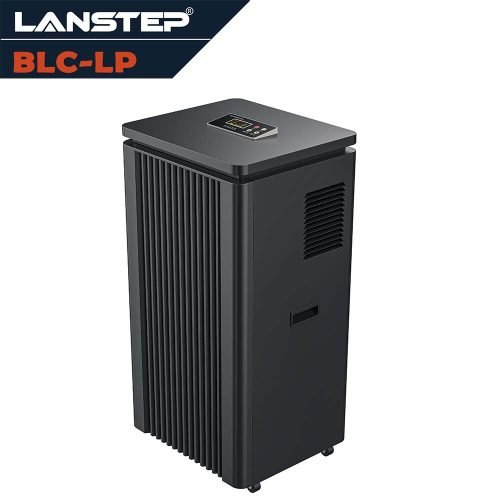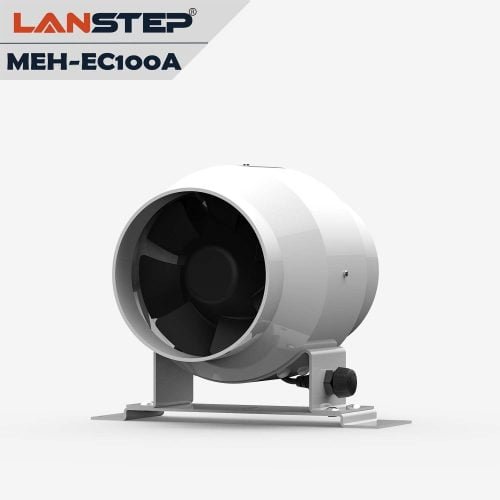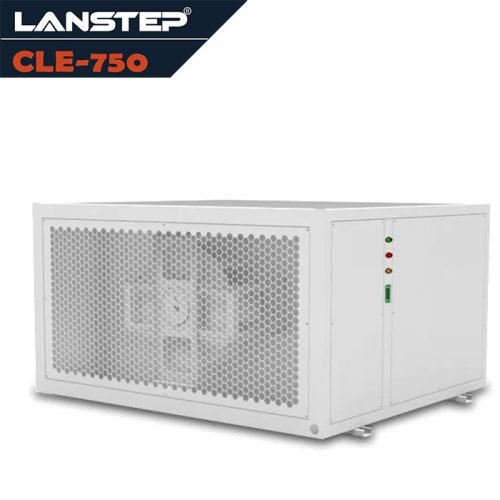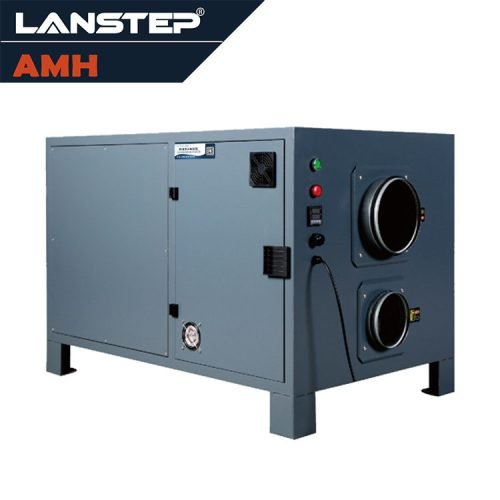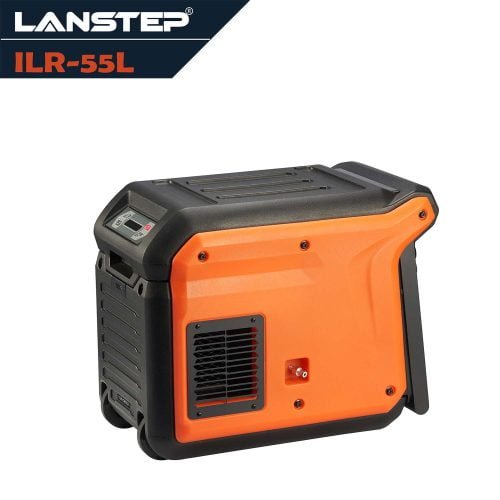1. Introduction
In modern storage, preservation, and archiving, environmental control is key to ensuring the integrity of items. Particularly, humidity control plays a crucial role in preventing items from becoming damp, moldy, or damaged. According to guidelines from the National Archives and Records Administration in the United States, the ideal relative humidity for archival storage environments should be maintained between 30% and 50%. Such conditions effectively prevent issues like paper brittleness and metal corrosion. In achieving these goals, dehumidifiers play an indispensable role.
2. Basic Principle of Dehumidifiers
The working principle of dehumidifiers is based on the condensation principle. They reduce the humidity in the air to prevent damage that can occur in moist environments. In a standard dehumidification process, air is first drawn into the machine, passed through a cooling component to condense water vapor into droplets, and then dry air is released back into the environment. According to a study in “Environmental Control & Museum Archives,” using dehumidifiers can effectively reduce indoor humidity by 20% to 30%, significantly minimizing the risk of damage caused by humidity.
3. Humidity Challenges in Underground Storage Spaces
Underground storage spaces often face high humidity challenges due to their relatively enclosed and cool nature. A survey indicates that the average humidity in untreated basements can be as high as 60% to 70%, far exceeding the ideal storage environment humidity. In such environments, the use of dehumidifiers becomes particularly important. For instance, at the New York Public Library’s underground archives, the introduction of an efficient dehumidification system successfully controlled the humidity to around 40%, effectively protecting precious documents and artworks.
4. Humidity Management in Archives
Archives face unique challenges in humidity management. A study in the “International Journal of Archive Preservation and Management” shows that archival materials like paper and film are extremely sensitive to humidity, and prolonged exposure to high humidity accelerates their degradation. For example, an archive experienced significant rippling and mold in documents when the storage environment’s humidity was at 60% without a dehumidifier. After introducing dehumidifiers, the humidity was stabilized at around 45%, significantly extending the preservation period of the archives.
5. The Importance of Protecting Irreplaceable Collections
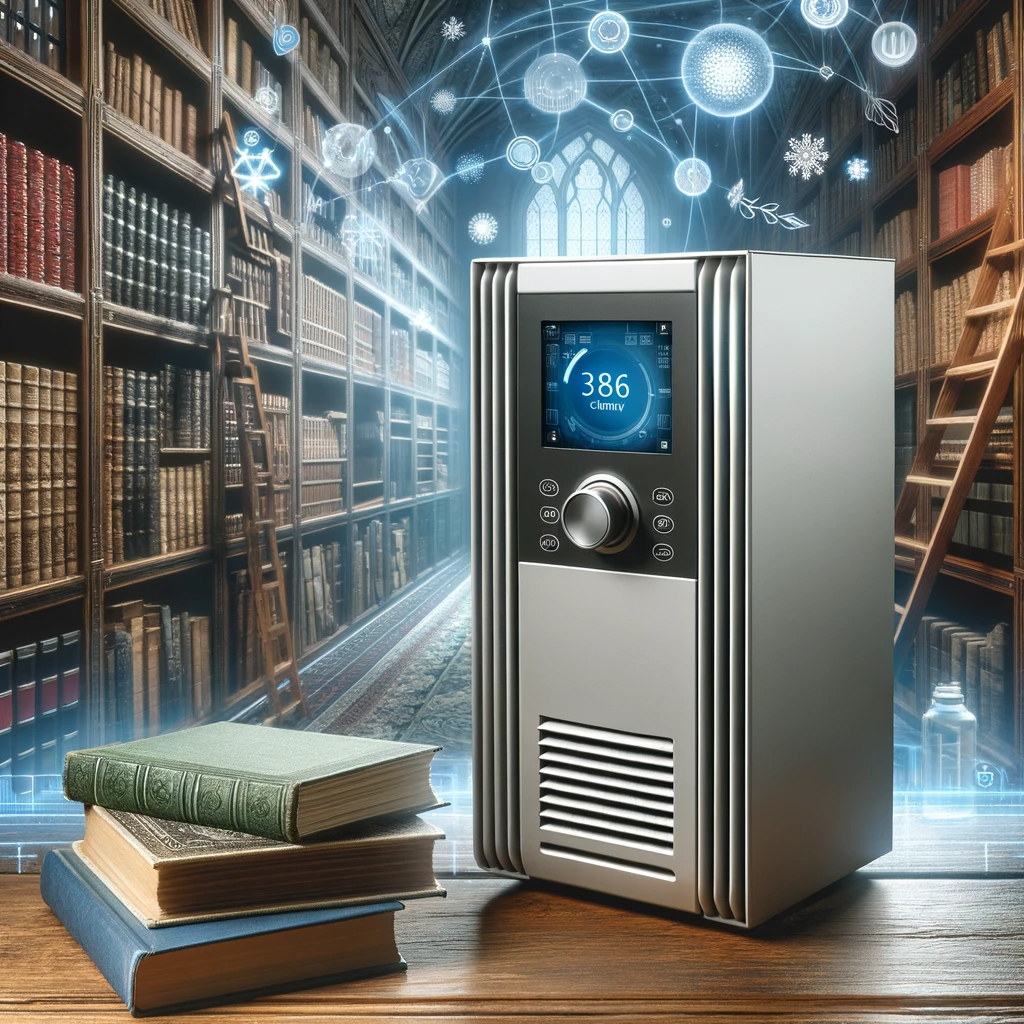
Precious collections, such as artworks and antiques, are extremely sensitive to environmental conditions. A study published in the “Journal of Cultural Heritage Protection & Technology” points out that high humidity is one of the main reasons for damage to paintings and sculptures. For instance, a valuable oil painting in a museum suffered from paint flaking due to improper humidity control. By introducing advanced dehumidification systems, the museum was able to reduce the average humidity in the exhibition area from 55% to an ideal 40%, effectively slowing down the degradation of the artworks.
6. Case Study
The effectiveness of dehumidifiers is particularly evident in real-life cases. According to the book “Environmental Control and Cultural Heritage Conservation,” a historical museum noticed a significant improvement in the preservation of exhibits after introducing dehumidifiers. Before using dehumidifiers, the average humidity in the museum was around 60%, but it dropped to 40% afterwards. This change reduced the degradation rate of wooden and paper artifacts by about 30%. Additionally, the ILA-L series upright dehumidifiers from LANSTEP are an excellent choice, featuring low operating costs, physical moisture removal, returning at least twice the energy input back to the space, and reducing the risk of condensation. LANSTEP also provides ventilation products suitable for storage, preservation, and archiving facilities, working together with dehumidifiers to protect the indoor storage climate.
7. Future Trends in Dehumidification Technology
With technological advancements, dehumidification technology is continuously evolving. An article in “Modern Environmental Technology” magazine suggests that future dehumidification systems will focus more on energy efficiency and eco-friendliness. For example, solar-powered dehumidifiers, which not only reduce energy consumption but also minimize carbon footprint, are under research and development. Moreover, smart dehumidification technologies, like IoT-controlled dehumidification systems, can monitor and adjust environmental humidity in real-time, ensuring the storage environment is always in an optimal state. These innovations not only enhance dehumidification effects but also offer new perspectives for sustainable environmental protection.
8. Conclusion
In summary, dehumidifiers play a vital role in storage, preservation, and archiving. Various data and case studies show that proper humidity control is crucial for protecting valuable documents, artworks, and other collectibles. As technology develops, future dehumidification systems will become more efficient, intelligent, and have a smaller environmental impact. Therefore, continuous attention to and application of these technologies are essential to ensure the safe preservation of our cultural and historical heritage. To learn more about selecting the right system and optimizing it for your storage facilities and collections, feel free to contact our team.



